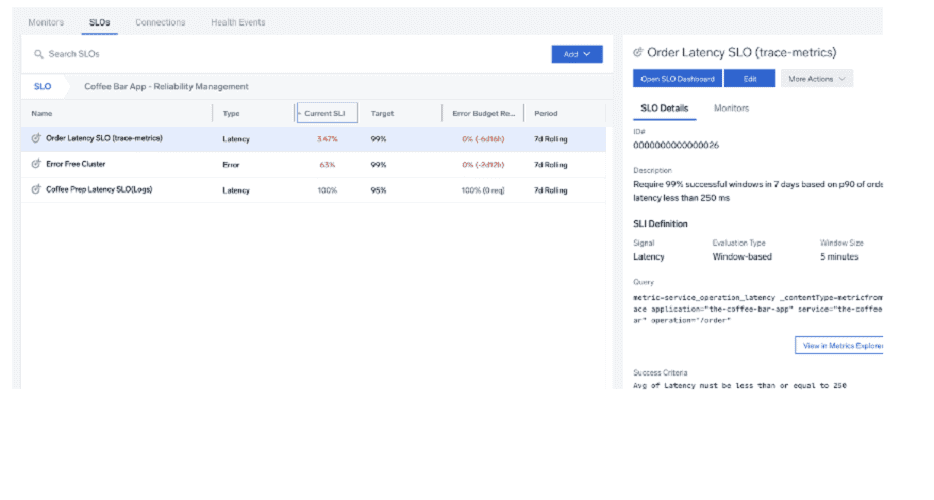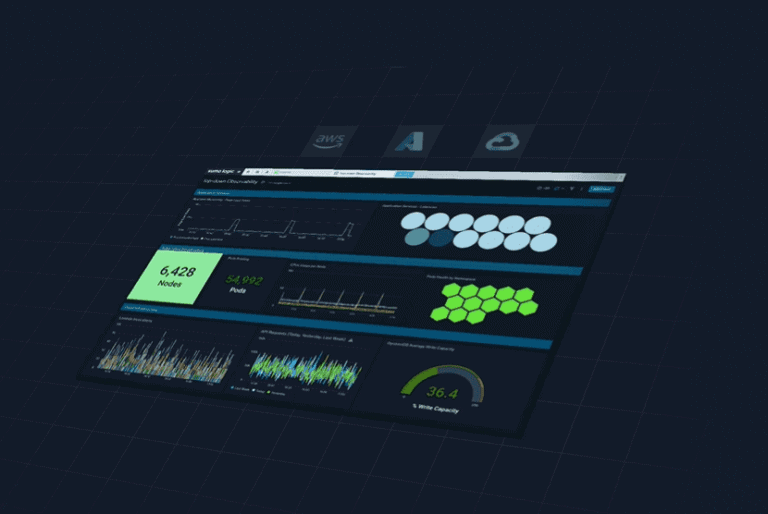Sumo Logic added Reliability Management to its observability platform. The functionality should improve the platform’s reliability for managing application performance.
Instead of monitoring the technicalities of an infrastructure, Sumo Reliability Management changes how end users perceive the performance and reliability of insights. The reliability of application performance isn’t measured through CPUs and middleware, but through the perspective of end users.
SLOs
The measurement differs from existing observability platforms, which typically focus on analyzing interactions between services, networks, databases and other application elements. Based on these technical analyses, the source of delays and outages is identified.
The rules by which Sumo Reliability Management measures reliability are called Sumo Logic Observability (SLO) metrics. The SLOs are defined so that decisions can only be made based on business metrics.
Sumo Reliability Management is the first commercial version of an existing Sumo Logic open-source technology. The open-source technology was designed to generate SLO dashboards and service-level indicators based on OpenSLO configurations. OpenSLO is a project for defining open specifications for SLOs.

Functionality
The service uses AI to recognize patterns, structure connections and review the entire infrastructure from a user perspective. User sessions are monitored for anomalous behaviour such as delays and errors. The service indicates which services and applications are responsible for anomalies.
Operations teams gain insight into real-time infrastructure reliability and performance metrics to make data-based decisions. They can also issue alerts for SLOs and budget consumption due to errors, among other things.
Furthermore, the tool allows reliability teams to embrace concepts like SLIs, SLOs and SLAs. It also allows them to create error resolution budgets for reliability management.
Tip: Sumo Logic integrates Amazon Inspector and its Observability Platform
